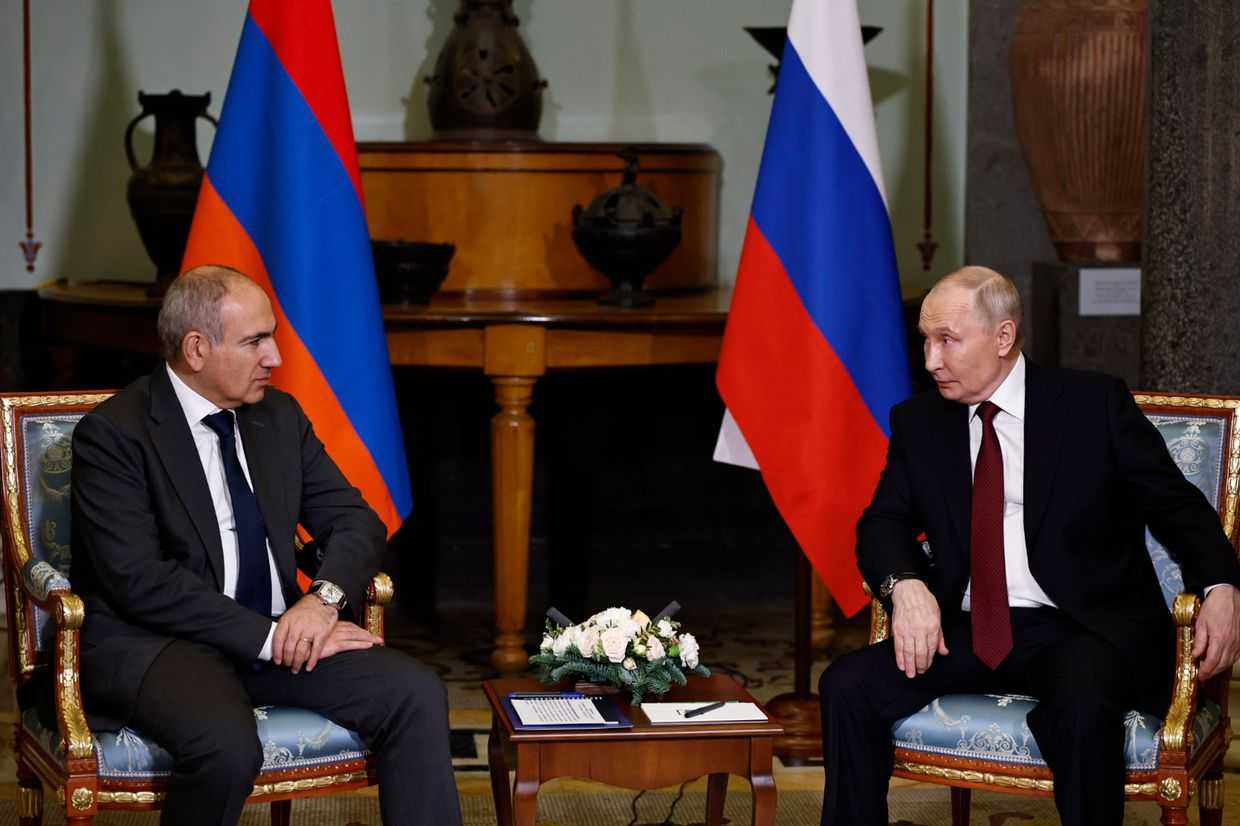
Following Nagorno-Karabakh’s surrender to Azerbaijan, much of the region’s Armenian population is scrambling to leave for Armenia. Thousands have already left, driven both by fears of what an Azerbaijani government might do to them, and by a refusal to live under Azerbaijani rule.
‘We’re at home now, waiting to see if anyone will get us out or if they will leave us here to die’, said Zvart Shirinyan, in a voice message sent on Friday evening.
It remained unclear what awaited Zvart, 29, her husband, and their toddler, living in Nagorno-Karabakh’s capital of Stepanakert, and her parents, in the village of Khojaly (Ivanyan) since the end of the Second Nagorno-Karabakh War.
Since Azerbaijan’s attack on Nagorno-Karabakh began, the connection between the families has been disrupted, as has their contact with the outside world, by cuts to the internet and electricity.
With information sparsely available, and facing the prospect and promises of Azerbaijani rule, fear and uncertainty dominated Zvart’s landscape.
‘What do they say? Will they open the corridor? Will they allow us to leave?’, she asks.
Her internet connection was barely good enough to contact friends and relatives, and keeping up with the news was impossible. She said the authorities did not give — or did not have — the answers to their questions.
‘No one is thinking about us at the moment. The authorities here are busy with the besieged villages, the missing people, and the killed or trapped soldiers’, she said. She hoped that as soon as those in charge deal with these ‘more urgent’ issues, they will start ‘to care about the civilians’.
While Azerbaijan pledged to give amnesty to former soldiers and commanders of the Nagorno-Karabakh Defence Army, the amnesty does not apply to those alleged to have committed war crimes during the First Nagorno-Karabakh War. This has led to fears that nearly every male resident of the region who was of military age at the time stands could be charged for their involvement in the war.
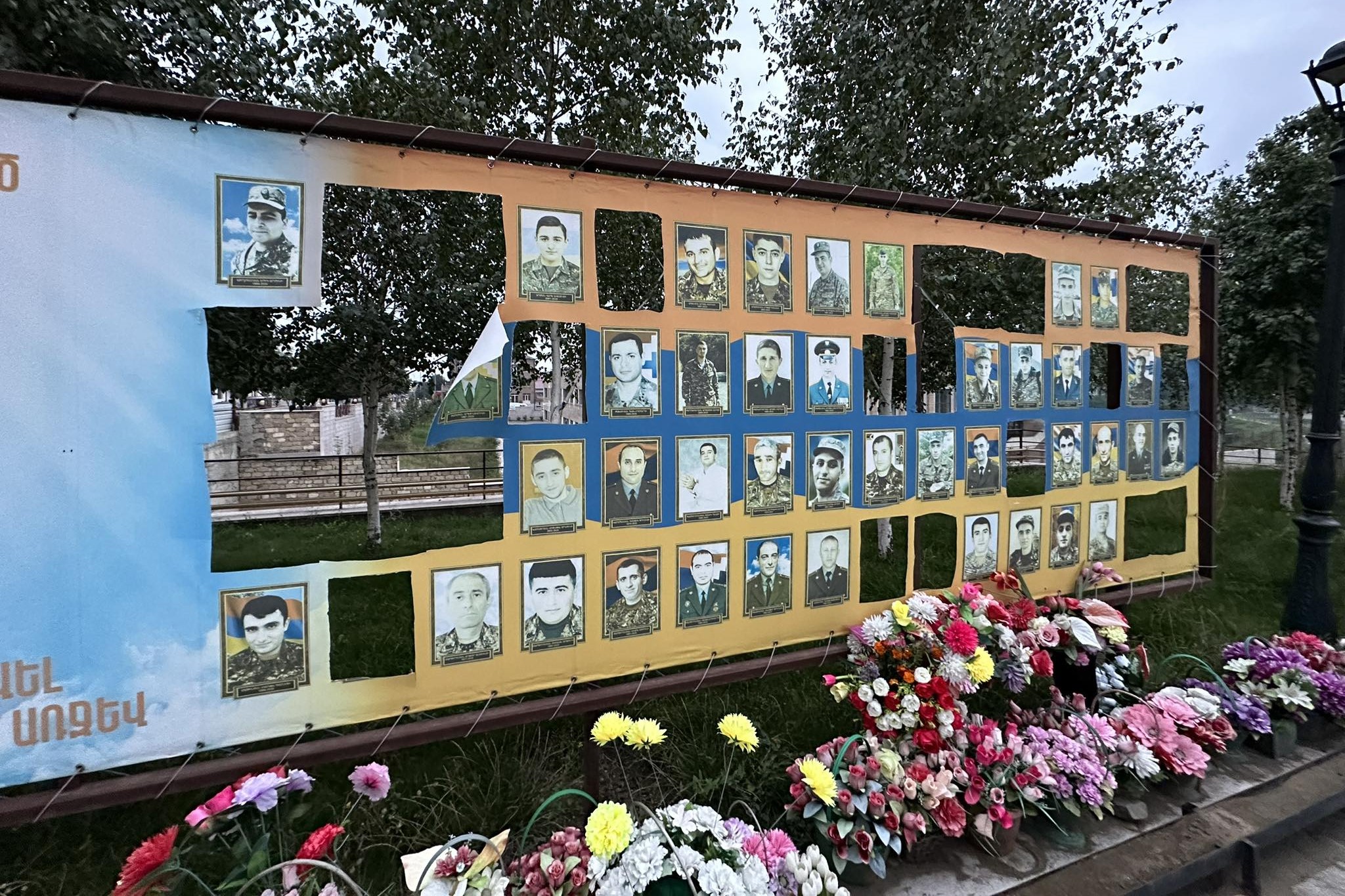
Azerbaijan’s President Ilham Aliyev also promised on 20 September that the region’s Armenian population would have the same rights as other Azerbaijani citizens, with their language, culture, and religion preserved; an assertion that many within and outside the region have expressed scepticism about.
Speaking on the Caucasus Digest, Carnegie Europe senior fellow Tom de Waal said the Azerbaijani government was unlikely to grant the Armenians of Nagorno-Karabakh significant concession, citing the ‘very limited’ minority rights afforded to other minorities in Azerbaijan.
While Nagorno-Karabakh Armenians expressed distrust of Aliyev and the Azerbaijani government’s statements, many were also been left frustrated by the Armenian Prime Minister’s statements.
Speaking on 21 September, Nikol Pashinyan said that there was no ‘direct threat’ from Azerbaijan to Nagorno-Karabakh Armenians, and urged them to stay in their homes; directly contradicting warnings from international organisations, the government in Stepanakert, and even his own foreign minister of a looming threat of ethnic cleansing and genocide. However, Pashinyan also promised that Armenia would host and take care of the needs of Nagorno-Karabakh Armenians if necessary.
While Baku claimed that it would provide a humanitarian corridor for those who did not want to ‘live as Azerbaijani citizens’, up until the evening of 24 September, it remained unclear whether this would take place.
Azerbaijani officials had asserted throughout the blockade that the Lachin Corridor remained open for civilian traffic, but sources within Nagorno-Karabakh and Armenia denied this.
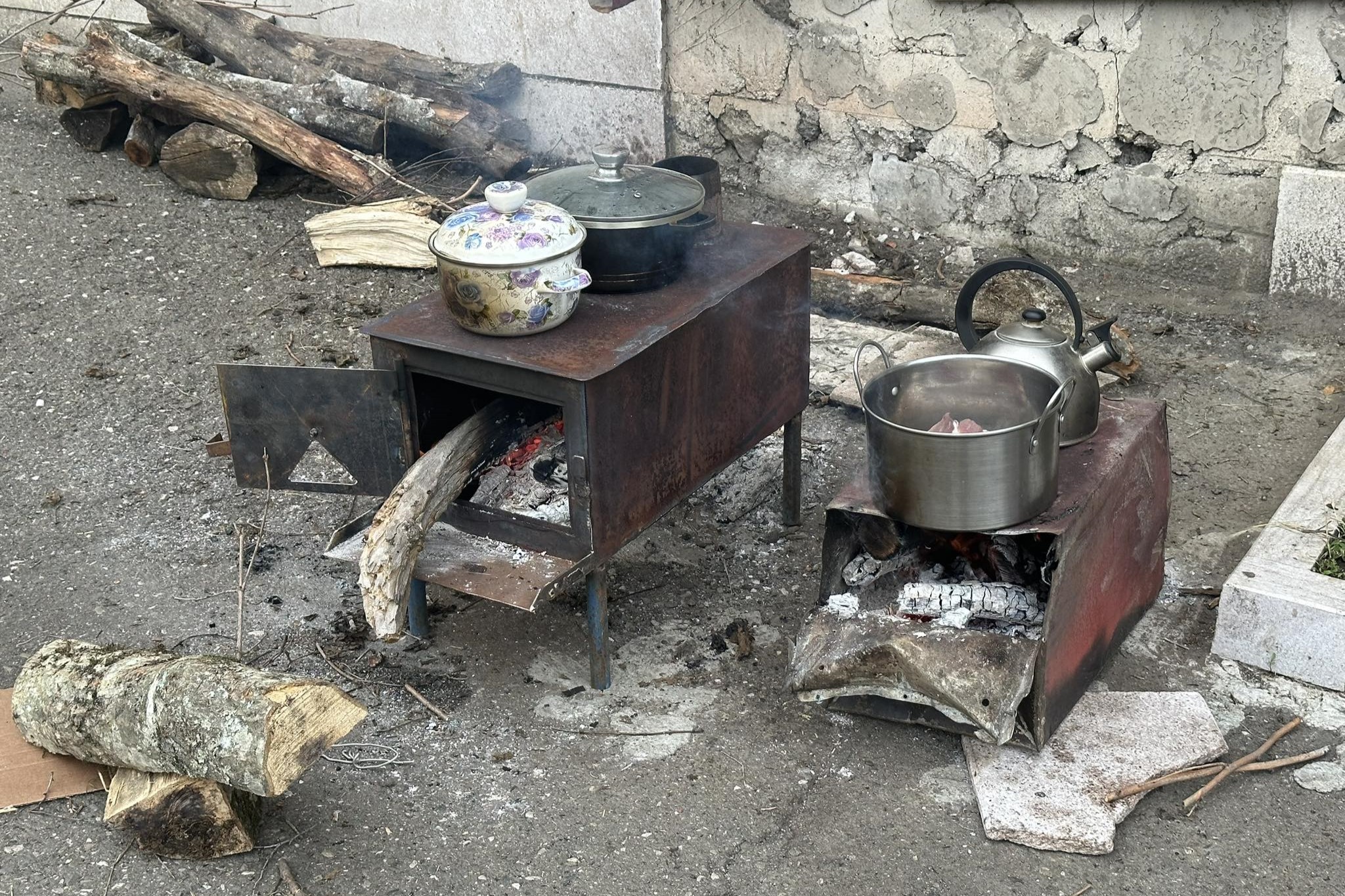
In the days after Nagorno-Karabakh’s surrender, at least 10,000 who were displaced to Stepanakert during the fighting remained in the city, with those who had lost their homes spending their nights in basements, temporary houses, or sleeping in front of the Russian military base in Askeran.
Tigran Grigoryan, a Yerevan-based political analyst from Stepanakert, wrote on Twitter that the situation in the region’s capital was ‘catastrophic’.
‘The city is flooded with refugees, many of whom have nowhere to shelter and are compelled to sleep on the streets. Electricity and gas are nonexistent, forcing residents to resort to making fires in the streets for warmth and cooking.’
On Sunday evening, reports began to emerge that the Lachin road was open, ten months after it was first blocked by Azerbaijani government-affiliated ‘protesters’. Large numbers of the region’s residents began to leave, with almost 3,000 refugees reported to have arrived in Armenia as of Monday.
‘It’s important that we leave this place’
After Azerbaijan’s attack on Stepanakert began, the Aghajanyan family had to leave their home village in Mkhitarashen (Mukhtar), Askeran (Asgaran), as part of a mass evacuation of their village and the surrounding villages to Stepanakert.
A day after the attack, Armine Aghajanyan, a mother of five, finally picked up the phone.
‘The village was shelled for four or five hours nonstop’, she said. Shortly after the shelling stopped, Russians ‘came to save us’, she added.
The family ended up in a hotel in Stepanakert with thousands of other refugees, hoping for a humanitarian corridor to be opened to allow them to leave.
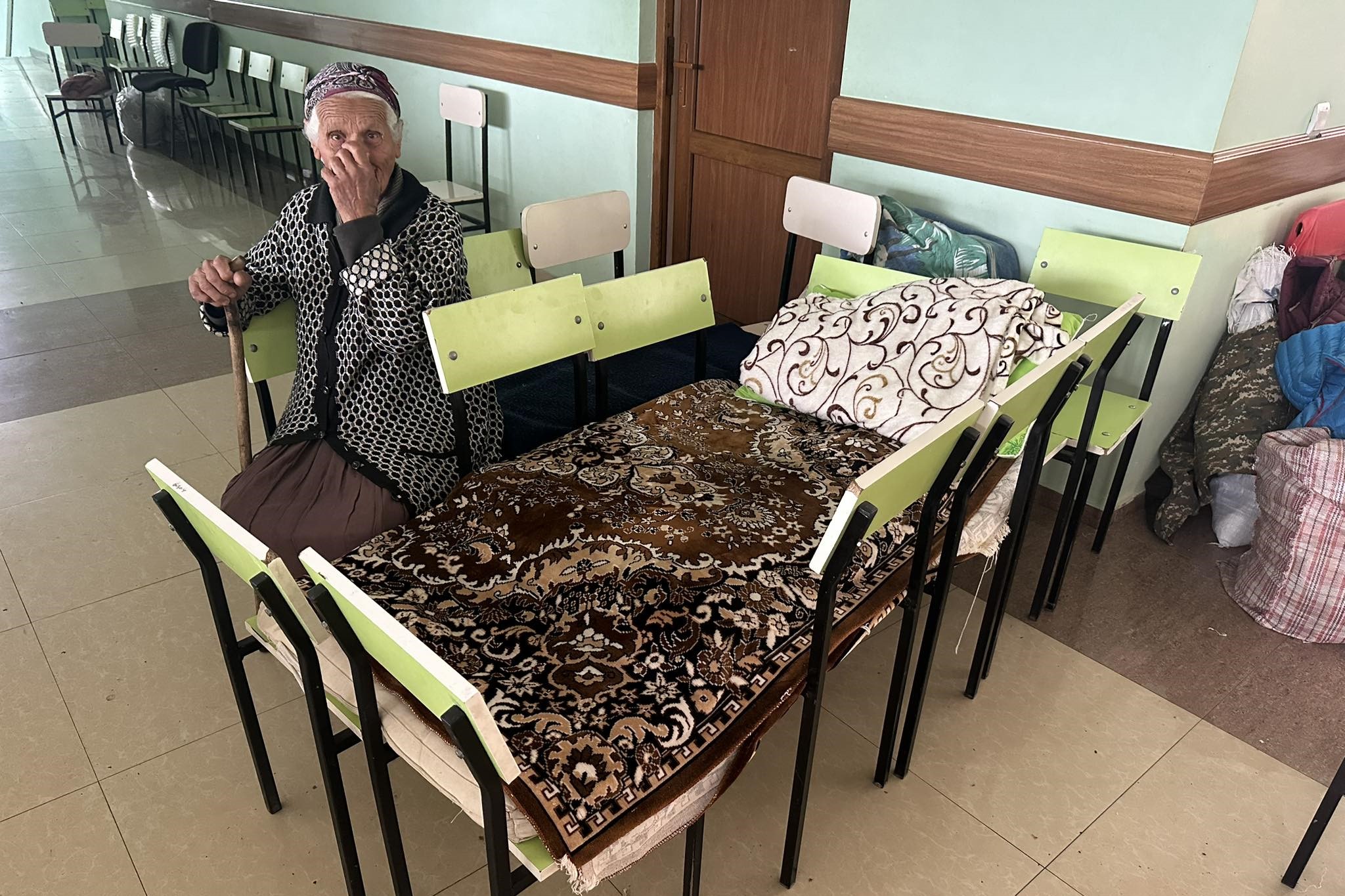
Armine and her family previously had to leave Mkhitarashen during the Second Nagorno-Karabakh War in 2020, returning only several months after the ceasefire to find Azerbaijani positions visible from their window.
Looking back, Armine thinks it may have been the wrong decision to return with three young children, as it was clear what the future held for them; in retrospect, the conflict’s resumption seems inevitable.
So does their second time fleeing Mkhitarashen, she said, this time appearing increasingly to be a final departure from their home.
And whilst some made it to the capital and even out of the region safely, the conflict has left a tragic mark, and a wound that many consider cannot be healed.
Nagorno-Karabakh’s preliminary death toll is around 200, with about 400 wounded. The number of civilians killed stands at around ten, including at least seven children.
‘They killed our kids, a whole generation is almost gone. How can you sit in front of them?’, asked Rita Asryan, a refugee from Chapar village in Nagorno-Karabakh’s Martakert (Aghdara) region.
‘Or they’ll have to kill everyone. How can they kill everyone? How can they kill 120,000 people?’
Rita Asryan, 63, said that she recalled discrimination against Armenians in the region beginning in the 1970s. According to Asryan, Azerbaijan then started oppressing Armenians, limiting Armenian-language education, and appointing Azerbaijanis to all public positions.
‘They started destroying us slowly’, she said.
She added that she believed that Azerbaijan would do the same, if not worse, if Nagorno-Karabakh Armenians were to now live under Azerbaijani control, as hatred was at an all-time high.
‘We have killed each other for 35 years’, said Rita.
Zarina Sargsyan, another refugee from Chapar, agreed.
‘They have killed us. We killed them. How do they want us to be friends?’, she asked. Zarina added that both nations had suffered a lot. ‘They are also human. They also mourn.’
Despite their commonalities, Zarina did not see any potential points of connection or reconciliation after both the years of conflict preceding Nagorno-Karabakh’s surrender, and, particularly, the months since the region’s blockade began in late 2022.
She was also unclear of what exactly awaited her and her children in the months and years ahead.
‘There are so many Armenians in the United States and Europe; we can also move somewhere and live; it’s important that we leave this place’, said Zarina.
‘It’s not about well-being or food or jobs, it’s just that our kids shouldn’t be oppressed. I have seen three wars, and I could not imagine my grandson would also see a war. But he did’.
‘They cannot imagine life with Azerbaijanis’
Many in Stepanakert are desperately looking for ways to leave, suspicious of any guarantees from Azerbaijan or the Russian peacekeepers. According to a senior Nagorno-Karabakh official, almost all of the region’s population are choosing to leave, as they ‘do not want to live in Azerbaijan’.
On the morning of 25 September, Stepanakert-based journalist Marut Vanyan wrote that ‘everyone’ was looking for five litres of petrol to leave the city.
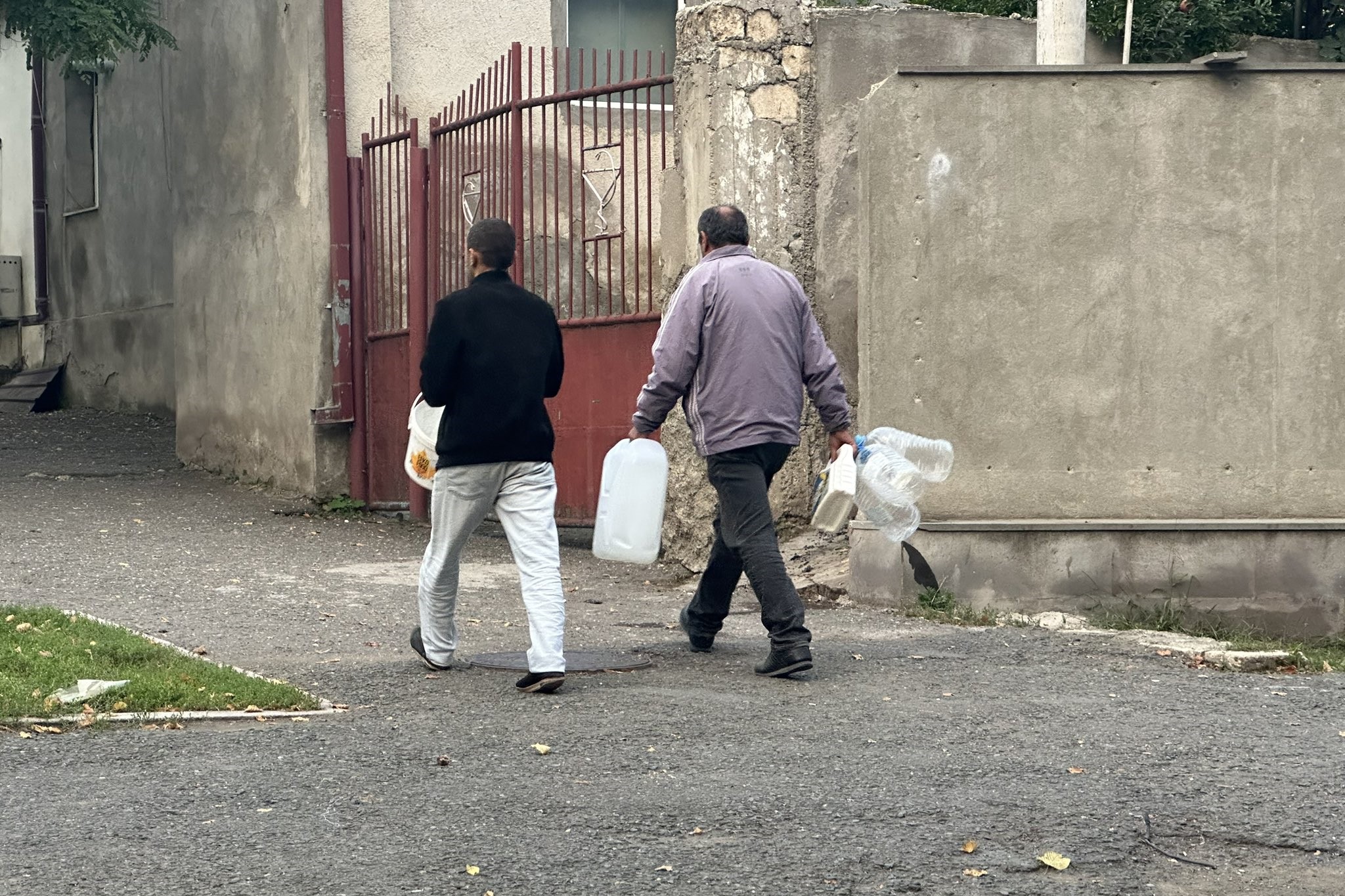
Sofi Abrahamyan, a resident of Nagorno-Karabakh who has been stuck in Yerevan with her father since the beginning of the blockade, said that her mother, grandmother, and brother were in three different places, as the chaos continued in Stepanakert.
‘I haven’t spoken to my mom for two days’, said Sofi, 23. ‘My brother, who works in the army, is able to provide some updates whenever the internet connection is available.’
She added that her grandmother was most vulnerable: an elderly woman with severe sight problems living on the city’s outskirts, she has been unable to move closer to the centre.
Her neighbourhood is near the area where Azerbaijan violated the ceasefire on 21 September. While most of the neighbourhood’s residents evacuated, Sofi’s grandmother was unable to leave.
‘I don’t know what will happen if the evacuation starts and things get even more chaotic’, said Sofi. ‘She’s almost blind’.
One of Stepanakert’s neighbourhoods, Krkzhan (Karkijahan), was reportedly wholly evacuated after Azerbaijan first started shooting at it, then advancing towards the city’s centre. Footage spread by Azerbaijani Telegram channels on Saturday showed Azerbaijani military vehicles driving through the neighbourhood’s streets.
Sofi spoke to OC Media from Yerevan’s Republic Square, where thousands of people, including Nagorno-Karabakh Armenians, were protesting to demand the safe evacuation of the region’s population.
‘We are trying to do anything to make their wish come true’, said Sofi. She added that, despite claims to the contrary, Nagorno-Karabakh Armenians in the region were not politically driven, although some political forces had attempted to use them and their voices. She said that they just wanted to be reunited with their families.
‘They are waiting with an enormous hope that we will do something and the corridor will be opened for them to leave. They can by no means imagine life with Azerbaijanis.’
‘They are literally begging us to do something’, said Sofi, adding that no officials had provided answers to their questions in either Nagorno-Karabakh or Armenia.
The pleas for a humanitarian corridor can also be seen on social media.
‘Please, I’m begging you, open the damn road for me to take my child and go far, far, far away’, one resident of Stepanakert wrote on Facebook on Friday.
There are dozens, even hundreds, of similar posts from residents of the region, asking for the safe evacuation of the population, and bluntly stating the impossibility of living under Azerbaijani rule.
‘We are not ready to live with a country that starved us, then killed us. We NEED the corridor’, reads another post.
Marut Vanyan said that he saw the opening of a humanitarian corridor as a pressing need, and the primary way out of the current issues facing the region’s population.
‘The people say they don’t need anything, just a few clothes and a road to be able to leave’, said Marut. ‘I’m too tired of everything already. If I had wings, I’d fly away’.
Vanyan left Stepanakert for Armenia on Monday morning.
For ease of reading, we choose not to use qualifiers such as ‘de facto’, ‘unrecognised’, or ‘partially recognised’ when discussing institutions or political positions within Abkhazia, Nagorno-Karabakh, and South Ossetia. This does not imply a position on their status.


